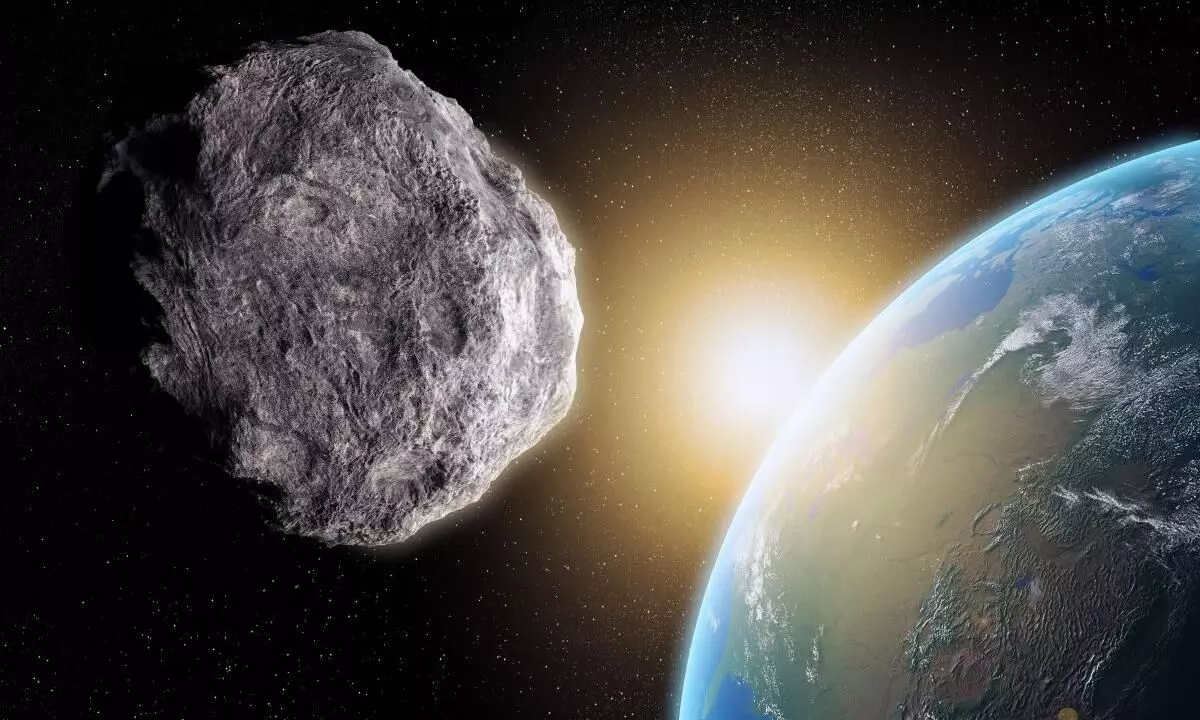
Aeroplane-sized asteroid nearing Earth today: NASA
text_fieldsWashington: Scientists from NASA, the American space agency, warned that an aeroplane-sized asteroid is nearing the Earth and is expected to make its closest approach to the planet on Monday, NDTV reported.
NASA’s asteroid watch page informed that the 100-feet Asteroid 2023 HY3 would pass by the Earth at a distance of 6.3 million kilometres, travelling at a speed of 23,596kmph.
The asteroid belongs to the Amor group of asteroids or the Earth-approaching asteroids. Though they do not cross the Earth’s orbit, most of them cross Mars.
Further, the US space agency warned of two house-sized asteroids; 2023 HV and 2018 VS6. When 2023 HV is to make its closest approach to Earth at 1.38 million kilometres, the 2018 VS6 will reach around 2 million kilometres near.
NASA explained that the agency’s Asteroid Watch monitors celestial bodies that approach the Earth within 7.5 million kilometres of the planet.
As per the agency, any object larger than about 150 metres that can approach the Earth within this distance is potentially hazardous.
The celestial bodies in space that are thin and irregularly formed rocks made of metal or minerals that evolve around the Sun are called Asteroids. Some of these bodies are as old as the Universe itself and were formed when several planets couldn’t take shape because of cosmic collisions, NDTV reports.
Some of these bodies are threats, particularly to the Earth, which is the only known planet that hosts life. Asteroids might hit other celestial bodies creating huge craters on them.
























